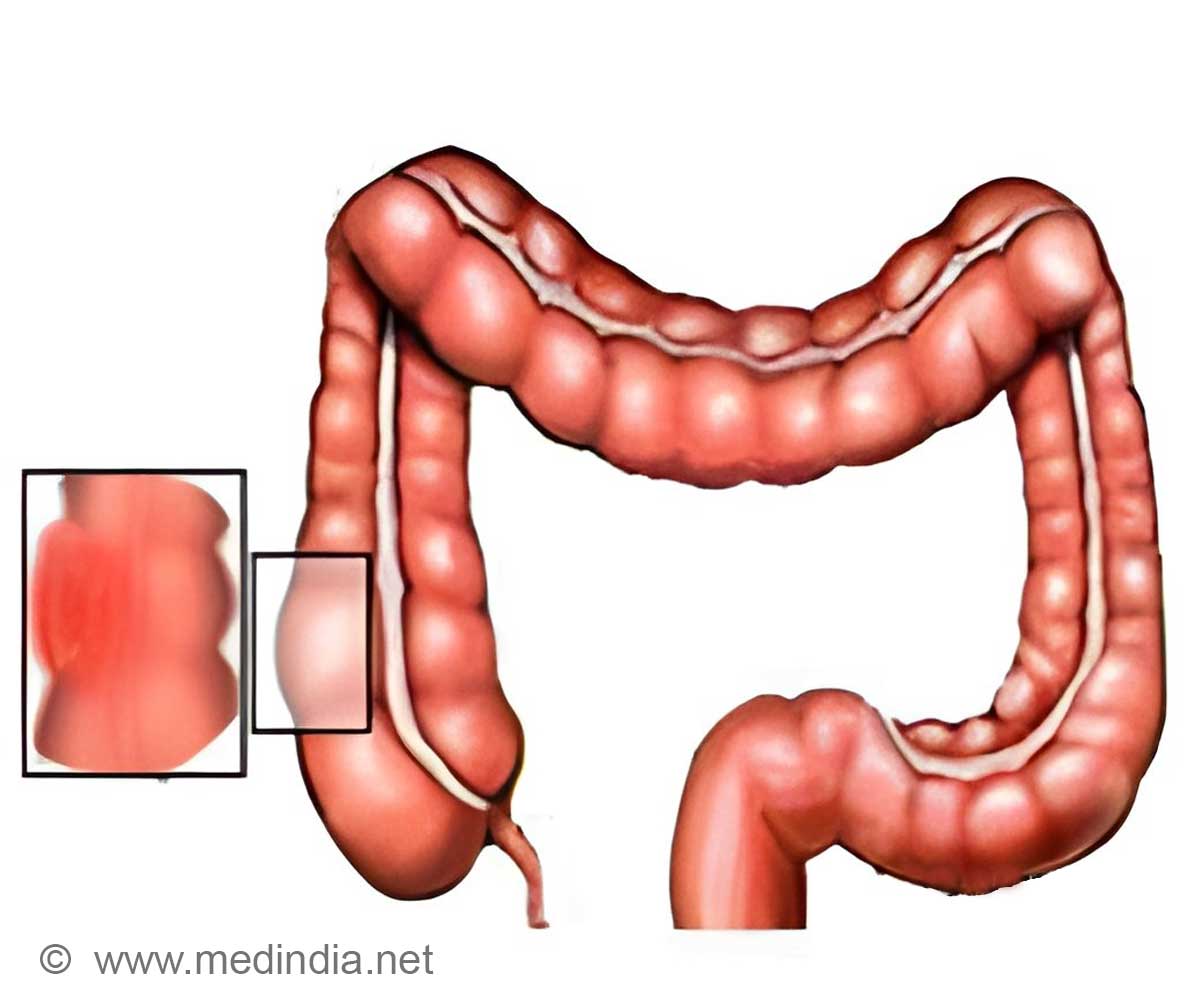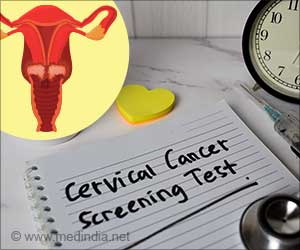Study identifies a pivotal vascular growth factor crucial for advancing colon and renal cancer treatments, offering promising avenues for medical advancements in oncology.

Camouflaging as a dead enzyme VEGFR1 holds key to medical solutions for colon and renal cancers
Go to source).
‘#Coloncancer is the third most commonly diagnosed cancer worldwide. The new findings help improve colon and #renalcancer treatment. ’





In the study, the researchers said that they were intrigued by the fact that two members of the family VEGFR 1 and VEGFR 2 behaved quite differently. Insights on VEGFR Activation in Cancer Treatment
“While VEGFR 2, the primary receptor regulating process of formation of new blood vessels, could be spontaneously activated, without its ligand, the other member of the family VEGFR 1 cannot be spontaneously activated even when overexpressed in cells,” said Dr. Rahul Das from the Department of Biological Sciences, along with other researchers, in the paper published in the journal Nature Communication.“It camouflages as a dead enzyme VEGFR1 and binds with ten-fold higher affinity to its ligand VEGF-A than VEGFR2. This ligand binding induces a transient kinase (speeding up chemical reactions in the body by an enzyme) activation,” they added.
Activation of VEGFR1 has been found to lead to cancer-associated pain, tumour cell survival in breast cancer, and migration of human colorectal cancer cells.
Probing why one member of the VEGFR family is so spontaneously activated and the other autoinhibited, the team found a unique ionic latch, present only in VEGFR1.
Advertisement
Reference:
- Camouflaging as a dead enzyme VEGFR1 holds key to medical solutions for colon and renal cancers - (https://pib.gov.in/PressReleaseIframePage.aspx?PRID=2029236)















